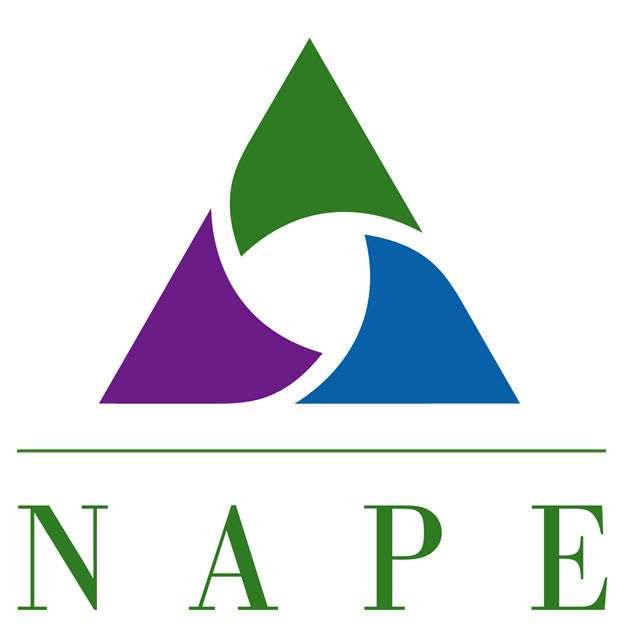1. Inviting Diversity Into Your Class
Explore this interactive classroom where a Native American student is entering for the first time. As you read and explore, you will be asked questions to help you identify micromessages, opportunities for inclusion, and areas in which single stories may be repeated.
Linda Changing Horse is a member of the Mohawk Turtle Clan. As you look into her life for just a moment, you find her sitting in Ms. Cedar’s seventh-grade life science class at Henry Madison Middle School. It’s the first day of class, and Linda feels that she’s been thrown into the deep end of the pool.
As the rest of the class jostle about finding their seats, she asks herself, “Who are these people? Is it safe for me to be here?”
Note: The Mohawk Turtle Clan is part of the Mohawk Nation, one of six nations in the Iroquois Confederacy. The turtle and turtle shell are symbols of Earth and creation in Native American mythology. Members of the Mohawk Turtle Clan often view themselves as responsible for caring for the earth that cares for them (About, n.d.).
2. Interactive Case Study
Explore Ms. Cedar’s classroom.
The classroom image shows black female teacher surrounded by five middle school students. A poster of Einstein hangs on the wall.
3. Poster
How do different elements in a classroom send micromessages indicating a safe environment for a new student? For each element listed, reflect on how this could be used to send micro-affirmations.
- Communication styles
- Curricular elements
- Role models
Feedback:
- Embracing different communication styles (like placidity, listening, patience) can show respect for different cultural norms and values.
- Explore diverse curricular elements to reflect the range of experiences of a variety of cultures.
- Role models, via guest speakers, volunteers, or posters, should reflect the diversity in the class. Invite voices from a variety of communities to share their views.
4. Teacher
Ms. Cedar carefully watches all the students as they settle into their seats, looking for clues about them—hints that will help her come to know them. “Who are these young people?” she thinks. “How will I invite them to come learn with me? To make this a safe place for them?”
What nonverbal cues can Ms. Cedar use to help Linda and other Native American students feel included? Select all answers that you feel are appropriate.
- A firm handshake to convey confidence in her abilities
- Sustained eye contact to communicate attention to what Linda is saying
- Sensitivity to personal space, recognizing that some cultures have larger or smaller personal space requirements
- Smile to communicate approval with Linda’s answers in class
The correct answers are 3 and 4, providing sensitivity to personal space and smiling to communicate approval. A firm handshake might not send the message you expect. Although Native American cultures vary, in some Native American cultures, a soft handshake is considered more respectful than a firm handshake. Some tribes show respect for others, especially elders, by avoiding direct eye contact. If Linda averts her eyes when talking to Ms. Cedar, then she shouldn’t interpret this as shyness or inattentiveness. Linda is showing respect for her teacher. Personal space requirements can vary between nations of Native American people and may depend on the individuals and context. Recognizing that her expectations of personal space may be different is important. Smiling is an effective nonverbal tool (Chiang, 1993).
5. Students
Henry Madison is a diverse school, and the students in Ms. Cedar’s class come from several different communities. She notices Linda sitting alone toward the back of the class and suspects she may be a Native American student. She also notices her awkwardness and reviews some of the Single Stories she holds about Native American students. She knows that if she’s going to help Linda be the best student she can be, then she’ll need to reject these Single Stories immediately. Ms. Cedar wonders if Linda’s values, attitudes, and behaviors that reflect her heritage will conflict with the values emphasized by her other students.
These are the statements and values of students in the class.
Emma (blond girl on left): “Working hard is how you get ahead.”
A strong work ethic is valued in the dominant American culture, including viewing hard work itself as intrinsically valuable. Native Americans may not share this value of work for the sake of work, focusing instead on work that is meaningful.
Mia (girl with dark hair on the left): “I want to be the best at everything.”
The dominant American culture is often very competitive. Striving to be the best at everything like Mia is viewed as a positive character trait. Many Native American cultures, on the other hand, value cooperation over competition.
Ryan (Boy, third from left): “I have so much to tell you!”
Teachers like Ms. Cedar may value students who speak up and aren’t afraid to share their thoughts. They value students who actively participate in class discussions. In Native American cultures, careful listening and patience may be valued over speaking up.
Chloe (Girl, right of teacher in blue T-shirt): “I hate being late.”
The dominant culture emphasizes punctuality and a strict linear understanding of time. Traditionally, some Native American tribes have had a more flexible attitude towards time. In educational settings, a Native American’s traditional view on time may be viewed as irresponsible.
Matthew (Boy, far right): “Why doesn’t everybody just speak English?”
A significant percentage of Native American students speak a native language in addition to English. Tribal languages help connect people with their culture and pass values and ideas from one generation to the next.

